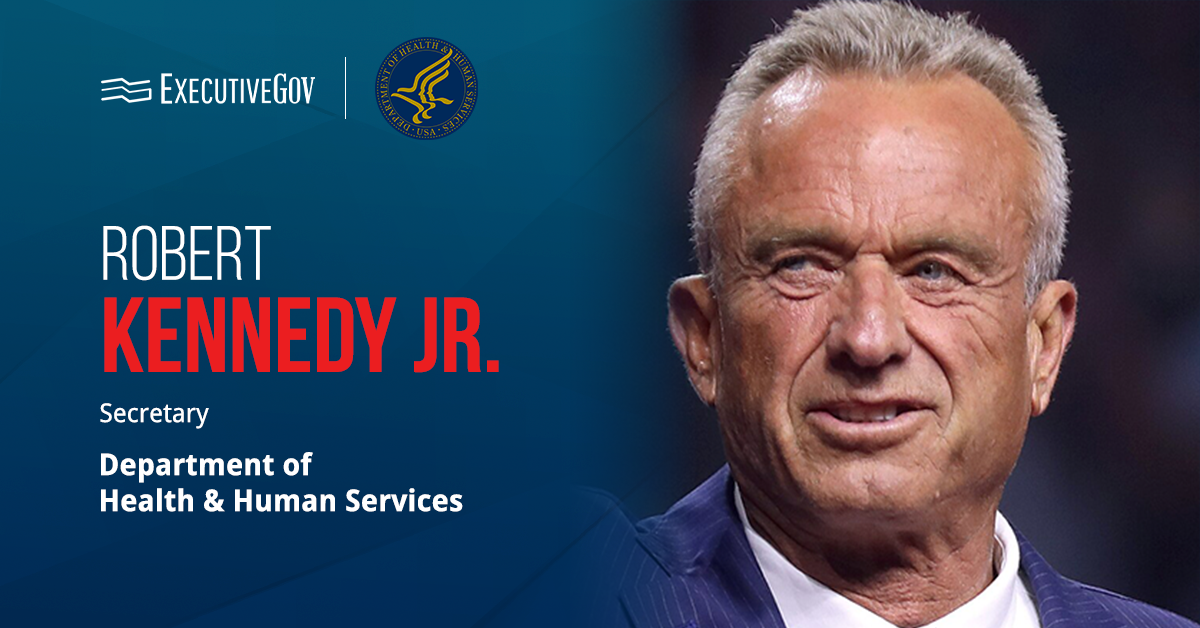The Department of Health and Human Services is reducing its workforce and centralizing several functions in a major revamp following the White House executive order, “Implementing the President’s ‘Department of Government Efficiency’ Workforce Optimization Initiative.” HHS Secretary Robert Kennedy Jr. said in the department’s statement on the organizational revamp that the move not only reduces “bureaucratic sprawl” but also realigns HHS with its core mission and new priorities. “This department will do more – a lot more – at a lower cost to the taxpayer,” Kennedy remarked.
Table of Contents
$1.8B Projected Annual Savings
The HHS reorganization will entail a reduction of approximately 10,000 employees, downsizing the organization’s workforce to about a 62,000 manpower complement and reducing its payroll by $1.8 billion annually. Centralization of IT employees is also one of the focus areas of the revamp of the department.
Its restructuring will create the Administration for Health America, combining the Office of the Assistant Secretary for Health, Health Resources and Services Administration, Substance Abuse and Mental Health Services Administration, Agency for Toxic Substances and Disease Registry, and National Institute for Occupational Safety and Health.
Overall, the HHS will streamline its functions by consolidating 28 divisions into 15 new divisions and reducing regional offices from 10 to 5. To prevent misuse of federal health programs, a new assistant secretary for enforcement will be created to manage the Departmental Appeals Board, Office of Medicare Hearings and Appeals, and Office for Civil Rights.
New Strategy Office to Enhance Research
An Office of Strategy will also be formed, merging the Assistant Secretary for Planning and Evaluation with the Agency for Healthcare Research and Quality, to enhance research input for the HHS secretary’s policies and baseline data to improve federal health programs’ effectiveness.
In addition, the department’s Administration for Community Living will be reorganized, reassigning its support programs for seniors and people with disabilities to other agencies, including the Administration for Children and Families and Centers for Medicare and Medicaid Services.
Medicare and Medicaid services, major programs that HHS initiated in 1969 after it became a standalone department in 1979, will not be affected by the reorganization.





